Quinta das Carvalhas, one of the most emblematic estates in the Douro region, endowed with immense beauty. The property occupies a dominant position on the slope of the left bank of the Douro River, facing Pinhão. It covers the entire hill overlooking the river, extending up to the ridge line and occupying part of the slope of the right bank of the Torto River.
The written references to Quinta das Carvalhas date back to 1759, with a significant portion of its vineyards – made up of old vines approaching 100 years of age – representing one of the richest and most varied collections of ancient Douro grape varieties.
The origin of Quinta das Carvalhas is linked to the renowned Castro and Sande family of São João da Pesqueira. Over the following years, the estate passed through several owners until, in 1881, it came into the hands of Miguel de Sousa Guedes, one of the most important merchants in the Port wine sector.
After a year of ownership, and seeing grape production increasingly limited by the damage caused by phylloxera, Sousa Guedes began an ambitious program to reconvert the vineyards, aiming to restore the reputation and prestige of this magnificent terroir.
In 1953, Manuel da Silva Reis acquired the company Miguel de Sousa Guedes e Irmão Lda., becoming the owner of Quinta das Carvalhas. Today, it is one of the largest estates in the Douro and the most important property in the portfolio of Real Companhia Velha.
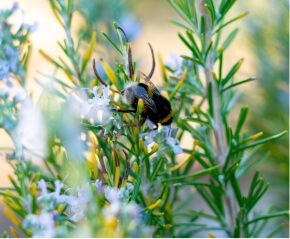
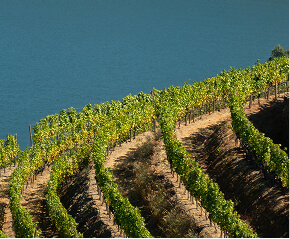
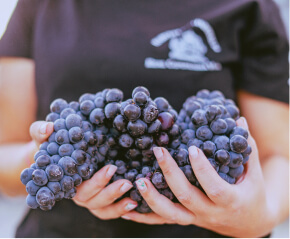

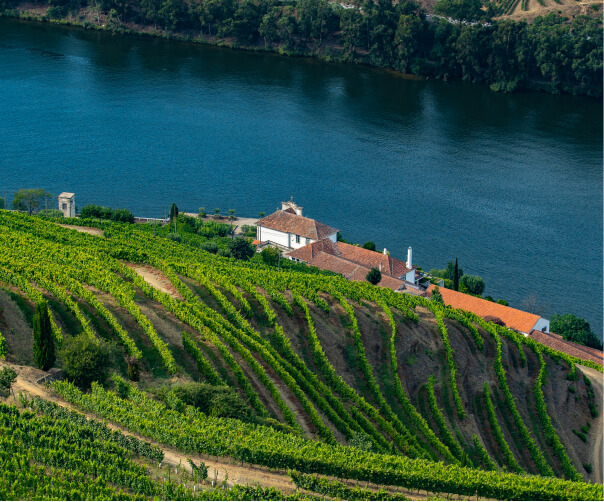
The uniqueness of Quinta das Carvalhas results from the combination of various climatic factors in harmony with other variables: vineyard age, altitude, grape varieties, planting density, systematization type, vineyard training system, among others. Since the 1980s, the estate has been undergoing a process of vineyard reconversion, respecting the particularities of mountain viticulture while keeping up with trends and technological advances in modern viticulture. This includes the installation of vineyards through terraced and micro-terraced systems, as well as the latest high-density planting techniques.
These are vineyards aged between 50 and over 100 years. There is no significant dominance of one variety over another; they consist of a blend of 40 to 50 different grape varieties, making the diversity exceptionally rich.
In each vineyard, there is a distinct style or type of blend, likely linked to the original owners. The blend may include a wide variety of grapes: Tinta da Barca, Tinta Roriz, Touriga Franca, Touriga Nacional, Tinta Amarela, Rufete, Sousão, Preto Martinho, Cornifesto, Tinto Cão, Tinta Francisca, Touriga Brasileira, Tinta Barroca, Moreto, Bastardo, Tinta Roseira, Tinta de Rei, Tinta Carvalha, Malvasia Preta, Alicante Bouschet, Mondet, Tinta Bastardinha, Donzelinho Tinto, Casculho, among others.
These vineyards were planted between the early 1980s and 1996. Their primary objective was to improve yield per area while ensuring quality focused on understanding the grape varieties used to produce high-quality DOC wines.
These vineyards were planted after 1996/97 up to the present day. Modern viticultural techniques are employed with the goal of preserving the sustainability and biodiversity of the ecosystem, as well as the recovery of the entire viticultural heritage (grape varieties) of the region. These vineyards represent the most practical way of perceiving the intrinsic quality that the Douro Valley possesses, perfectly combining the three pillars that support our quality: place (climate, soil, and topography); viticultural/oenological techniques; and grape varieties.
Touriga Nacional (R) 25,2 ha
Sousão (R) 13,8 ha
Touriga Franca (R) 16,5 ha
Tinto Cão (R) 7 ha
Tinta Barroca (R) 6,97 ha
Tinta Roriz (R) 2,5 ha
Rufete (R) 2,2 ha
Tinta Francisca (R) 2,1 ha
Bastardo (R) 0,7 ha
Viosinho (W) 3,1 ha
Gouveio (W) 0,8 ha
Baga (R) 1,4 ha
Arinto (W) 1,6 ha
Samarrinho (W) 2,1 ha
Tinta da Barca (R) 0,3 ha
Malvasia Preta (R) 0,25 ha
Cornifesto (R) 0,25 ha
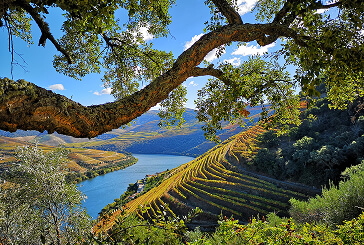
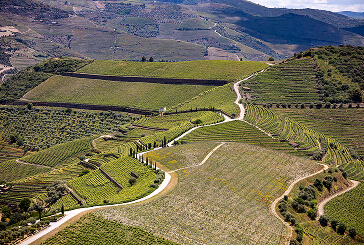
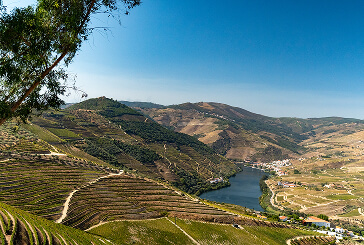
The estate’s potential was greatly enhanced from the late 1990s onwards, due to exhaustive traceability work across all vineyard plots. Several
plots were designated for the production of high-quality DOC Douro wine.
Quinta das Carvalhas has a riverfront of over 3 kilometers, located on the left bank of the Douro River, directly across from the village of Pinhão, in the parish of Ervedosa do Douro. It is strategically positioned in the geographical center of the Cima Corgo sub-region.
As one of the most visible properties in the Douro region, the vineyards stretch across the slopes, with the original relief featuring inclines between 40% and 70%, a defining characteristic of mountain viticulture.
The total area of the estate is located at altitudes ranging from 80 to 500 meters. Regarding exposure, Quinta das Carvalhas has vineyards in both the North and South quadrants. Of the 135 hectares of total vineyard area, 74.5 hectares are exposed to the North quadrant, in a northeast direction, and 60 hectares are exposed to the South quadrant. This diversity of conditions at Quinta das Carvalhas imparts a great originality and complexity to its production.